After training as a photographer at the Zurich School of Applied Arts, Roland Korner worked as a photographic assistant in Zurich and New York. In 1990 he set up his own business as a photographer and has since been mainly involved in advertising photography, portraits and reportage. At the moment he is working on a book project about plants cultivated in the Alpine region. In addition to advertising assignments at home and abroad, he has contributed as a photographic author to numerous publications and his photos have been shown in a variety of group and individual exhibitions. His photographs and reportages have been awarded the ‘Prize for Young Photojournalism’ and the ‘European Panorama for Young Professional Photographers’. In 2007, he also won the ‘art-in-architecture’ competition of the new Liechtenstein National Archives. Roland Korner comes from Triesen, Liechtenstein, where he also lives today. He is 55 years old.
Where and how did you grow up?
Well protected, together with my three brothers. We grew up on the outskirts of Triesen, surrounded by adventurous meadows and forests, where we built our huts in countless secret places. I was supposed to become a carpenter.
Could you describe your professional background?
I took my first photos with my Dad’s camera when I was about 10 years old. I took pictures of everything that came in front of the lens. In the analogue era, the lab processing of a film was quite expensive, but fortunately, the Migros in Buchs had a great offer where you only had to pay for the ‘usable’ prints. My pictures were rarely usable.
During my apprenticeship as a chemical laboratory technician, working in the darkroom was part of the training. From then on, photography definitely had a hold on me and I decided during my apprenticeship to undertake the training to become a photographer.
The arts and crafts school was located at Limmatplatz in Zurich. From the very beginning, I was fascinated by the “not-quite-world” on the nearby Langstrasse and the joy of reporting on the fringes of society. Afterwards, I was drawn to New York to further my education in my newly learned profession.
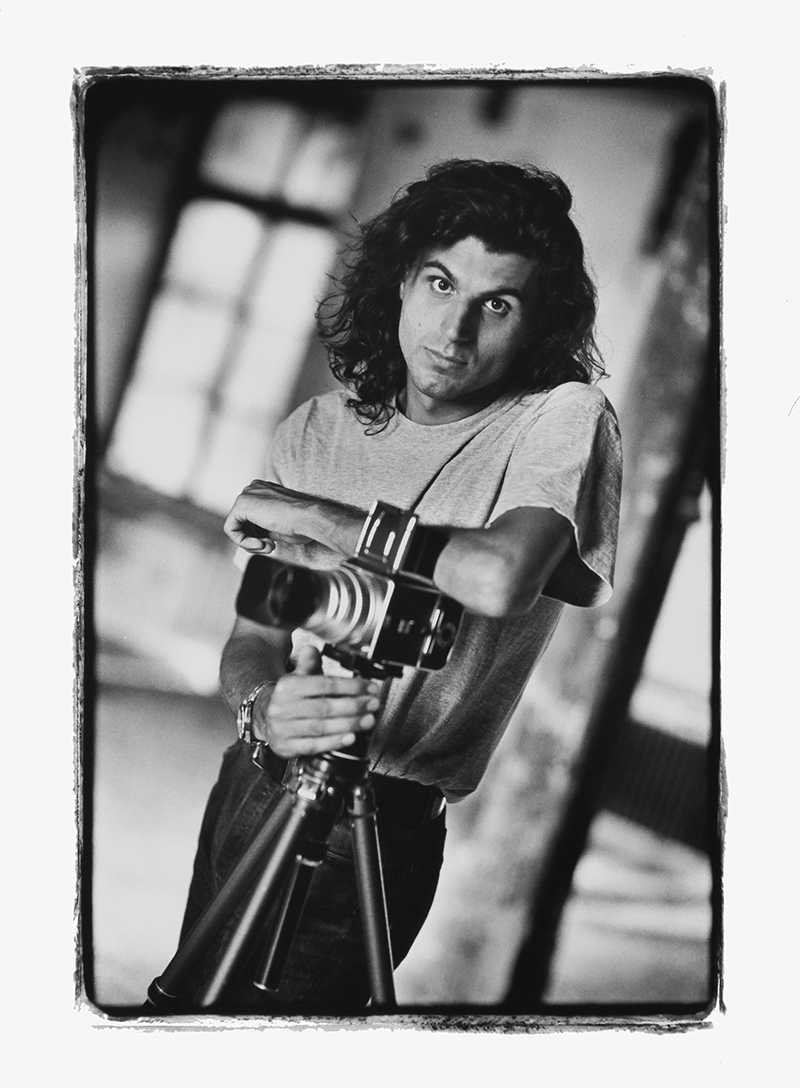
Were there certain people who were formative for your career?
Robert Allgäuer commissioned me to create a photo documentation of Felix Real’s life’s work. This assignment brought me together with two of Liechtenstein’s most interesting personalities – Robert and Felix. The resulting book opened many doors for me. Peter Haidacher, a leading figure in the Swarovski Group at the time, had discovered this illustrated book at Orell Füssli in Zurich and contacted me as a result. All three of them encouraged me in my work and each of them in their own way gave me a lot of important things to take with me going forward. I am very grateful to them for that.
Has your environment supported you in your career?
My parents supported my brothers and me in our different career aspirations.
I created my first free works together with my childhood friend Pio Schurti. He was responsible for talking, negotiating and for the the texts, while I was responsible for the pictures. Together we travelled the USA, Cuba and Mexico. Two of the resulting reportages won international awards.
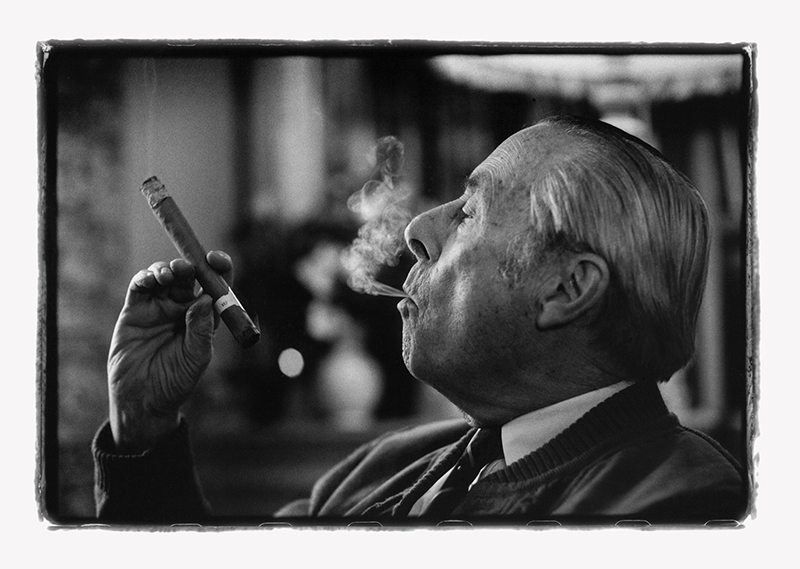
What are your current activities?
The profession of a photographer.
Does what you are currently doing fulfil you?
It is very fulfilling for me because almost every day brings a new challenge. My job allows me to meet new people and get to know interesting places all the time. It confronts me with exciting topics that I can illustrate. That is enriching for someone like me who has a nose for sniffing out wonder.
Do you think that you yourself have an influence on whether your activities are fulfilling?
Sure. Even the most boring place can be exciting if you open your eyes and are curious. Curiosity is a very important point for me. Only when I have an open mind, do people and places open up and space is created for the unplannable.
In very rare cases, curiosity can also backfire. On one of my first days as a chemistry lab apprentice, I had to go with Thomas, the supervisor apprentice, to the acid cellar to get nitric acid and ammonia. He was supposed to show me how to handle these liquids, which was not without an element of danger. First of all, he said, you always have to smell the open canister to be sure that what is written on it is actually what is inside. I did this with the concentrated ammonia and it just about knocked me off my feet. I could hardly breathe and my eyes almost turned black. With the shock of it I shouted at Thomas so loudly that my boss heard me. He said with a laugh: ‘You don’t have to stick your nose into everything. Don’t make such a fuss, no one has ever died of a smell here!’.
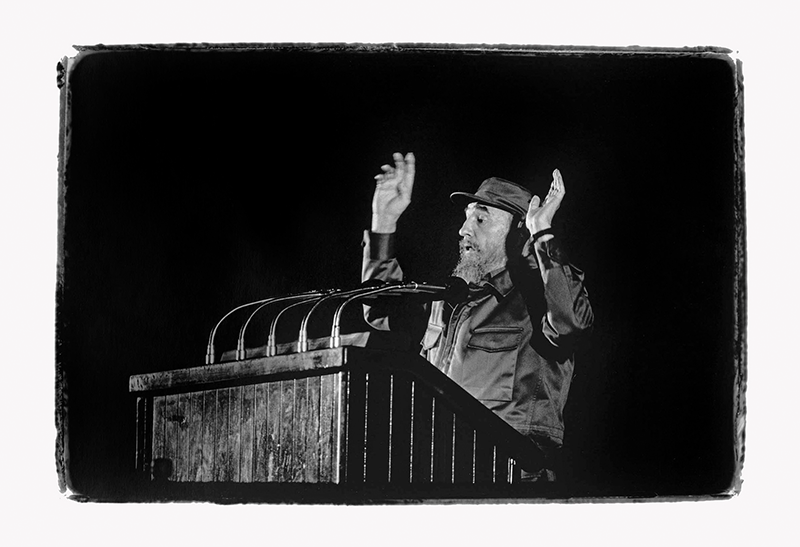
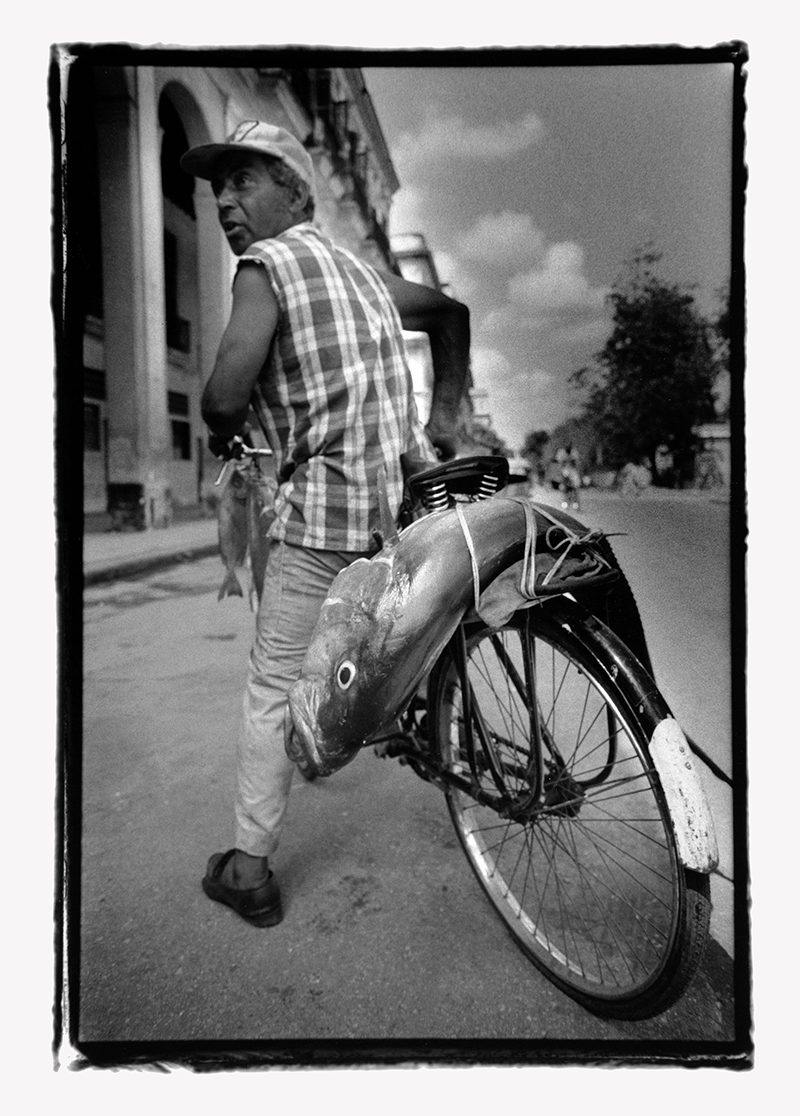
What or who inspires you in everyday life?
The unknown holds a lot of fascination for me and it excites me to discover and understand the strange. I’m also inspired by contrasts: portraying the homeless on the Hudson River in the morning and the drag queens at Jackie 60 in the evening. It’s fulfilling to create access to other worlds and to understand people who live very differently from you.
What or who gives you strength and energy in everyday life?
Lots of coffee, my partner Helga and our dog Balder. Last but not least, thoughts about what I would still like to experience.
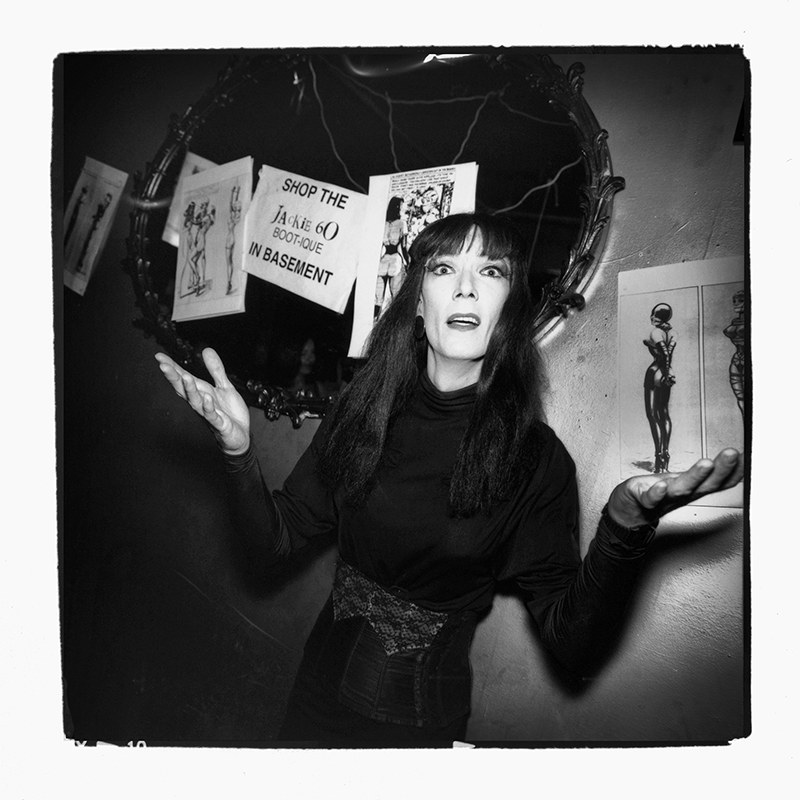
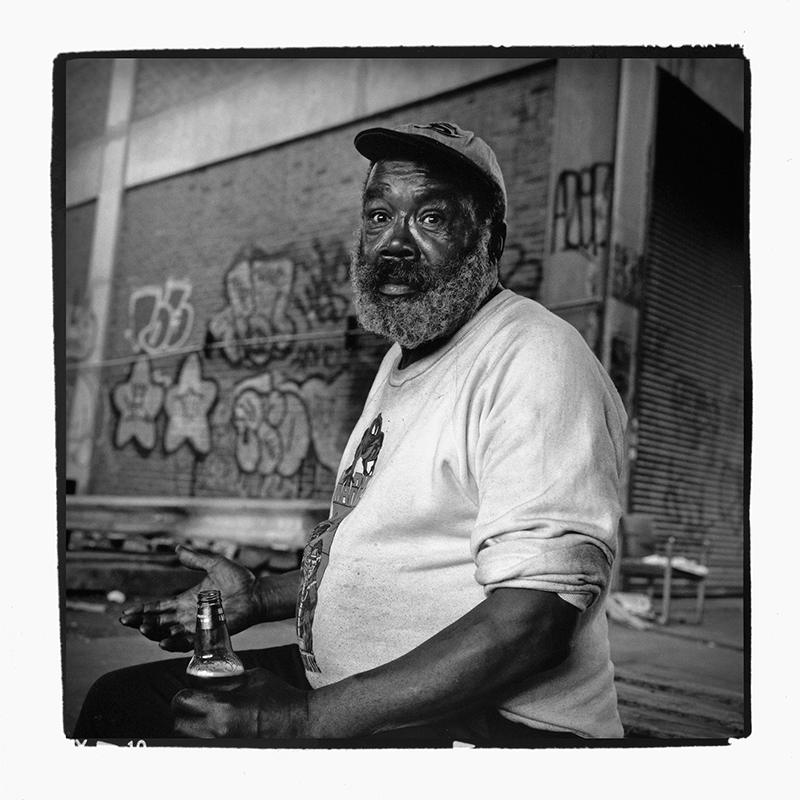
There are ‘magic moments’ when everything seems to fit. Moments that fulfil, inspire and give strength. Moments that confirm that the effort is worthwhile and that what you do is meaningful and valuable. Have you already experienced such moments in relation to your own activities?
One winter, several years ago, I met a friendly, elderly gentleman from India in Vaduz. I went with him to Malbun and was able to arrange a meeting with our Prince at his request. He then invited me to join him in New Delhi. He said at that time ‘You have shown me the coldest place in the world, now I will show you the hottest’. He introduced me to several personalities in his home country and asked me if I would like to meet the Prime Minister of India. A little puzzled, I asked him how he would go about it. He wrote a letter on my behalf, introducing me as a young journalist from Liechtenstein who thought India was great and loved the city of Delhi, but found the stench in the streets and the nights without electricity in certain areas to be terrible. I protested. He just smiled and said: “this man gets hundreds of letters every day, you have to make him curious”. We then took the letter personally to the presidential palace. After only three days, I actually received an invitation. Some time later, I was looking for a job in New York. I really wanted an assistant position with Mike Reinhardt, a very talented fashion photographer at the time. It was a difficult undertaking because many young photographers dreamed of such a position. I wrote him a letter and enclosed a Swiss Army knife, just like my friend from India had taught me. I then delivered the letter personally to his office as well. A few hours later the phone rang, Mike was on the line and asked firstly if I was free for a job the next day and, secondly, why I had sent him a knife. ‘I had to arouse your curiosity’, I told him, ‘because otherwise you would never have called’.
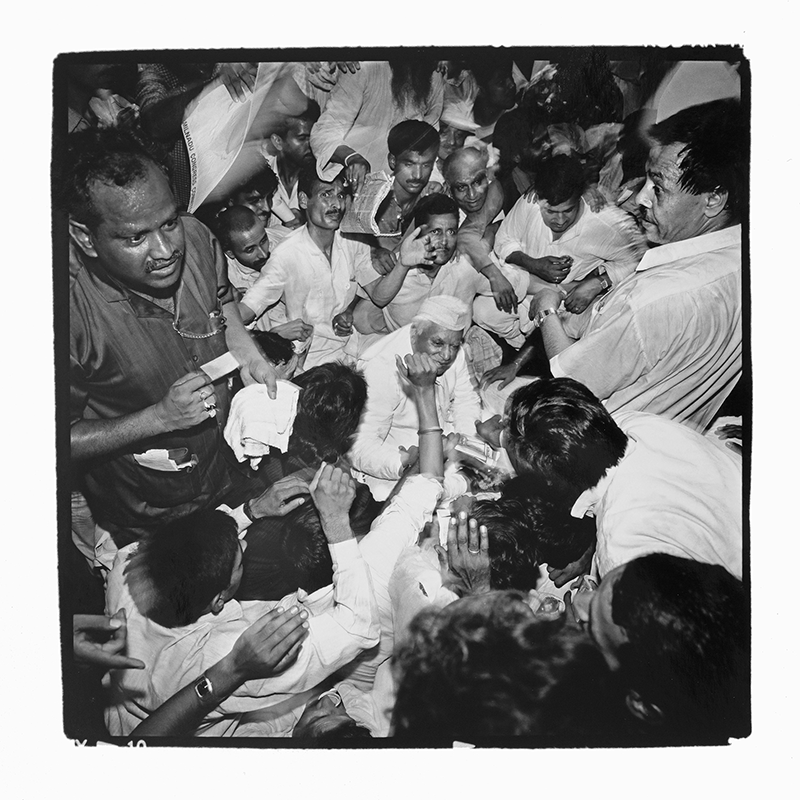
Do you actively do something for it, so that such ‘magic’ moments can happen?
Be curious and have an open mind: That attracts magical moments.
Sometimes coincidences can also lead to magical moments. Years ago, I was commissioned by Swarovski to take a portrait of André Heller. The date was brought forward at short notice and in the rush I forgot the power adapters for my flash unit in the hotel. While setting up the light, I noticed the disaster and became quite nervous. Because André Heller only had a few minutes for the shoot, I had no chance to go back to the hotel. Since it was already dusk outside and his flat was quite dark, I thought to myself: ‘So that’s it!’. Then I spotted a classic office lamp on his desk and I asked him if he could sit down next to it. Coincidentally, there was also a big Swarovski crystal there, which he picked up to play around with. The office lamp was my only source of light and I took almost 30 pictures. Then he stood up and said that would have to be enough. It was enough, my client and he were very happy with this spontaneously created picture that I would never have taken had I not forgotten the adapters.
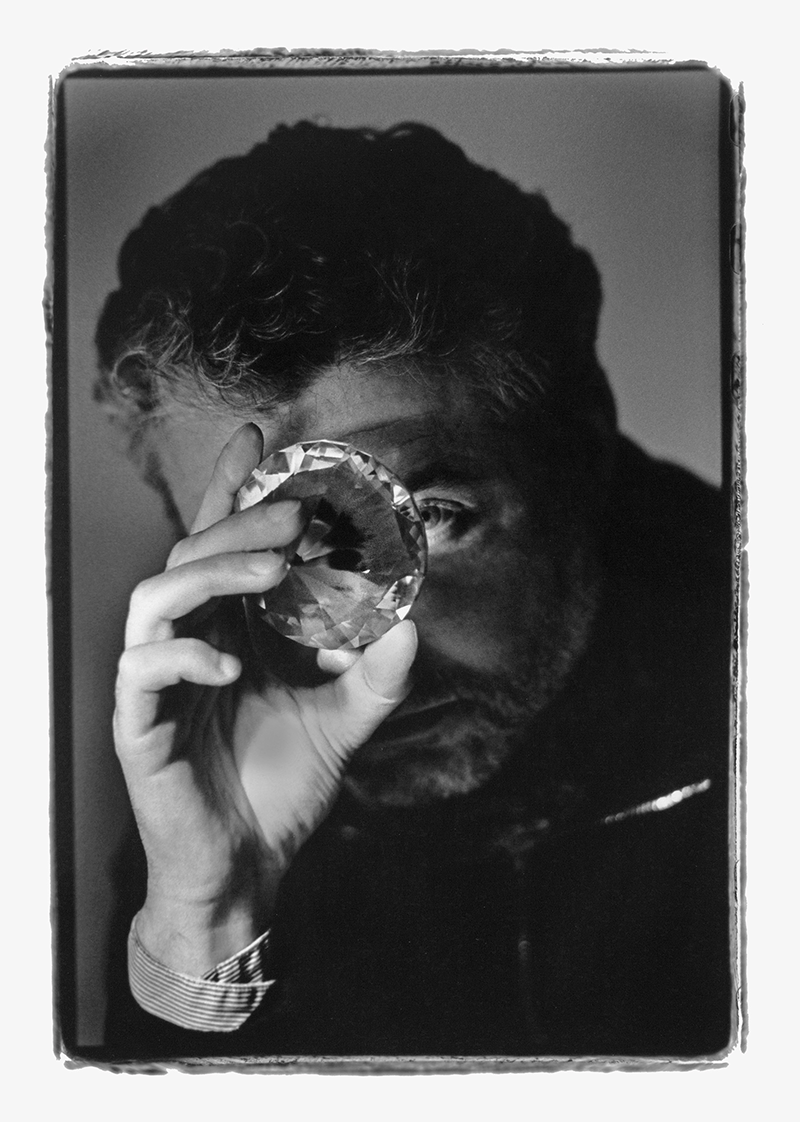
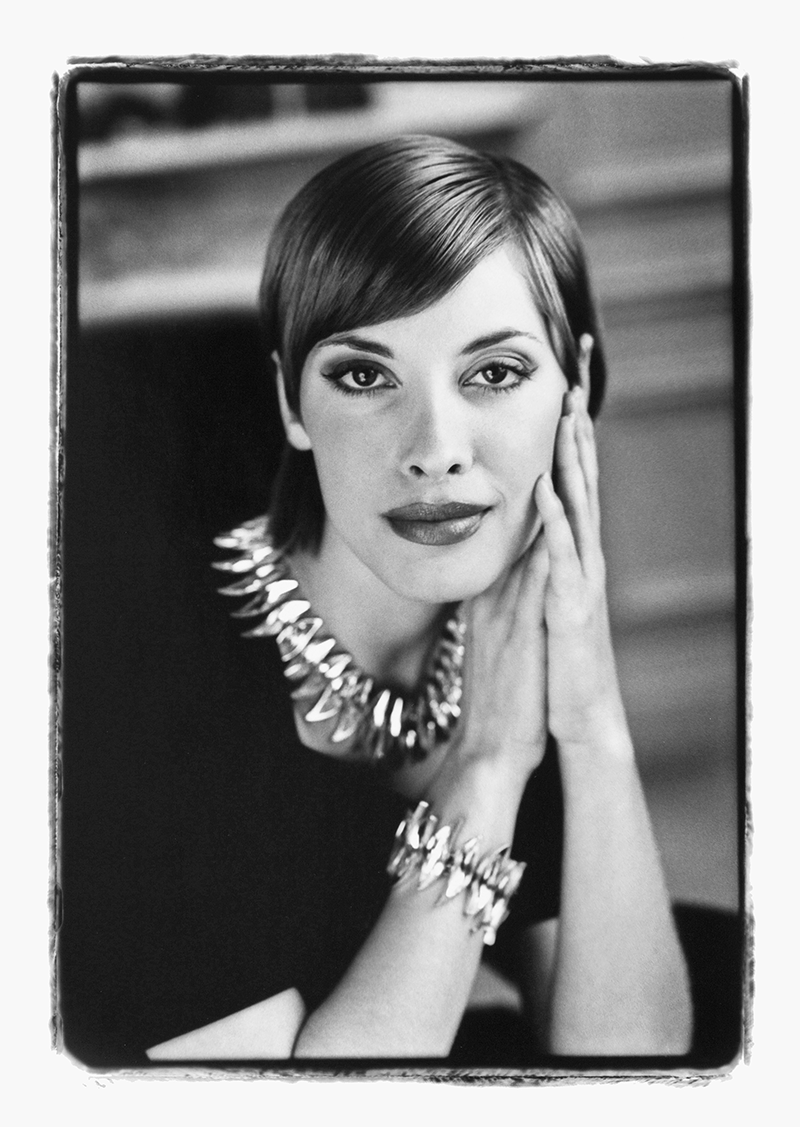
Are there moments when you doubt what you are doing?
Sometimes I wonder whether our eyes, dulled by the flood of digital images, are still able to recognise a good picture.
In retrospect, can you find something positive in difficult moments?
Difficult moments call for solutions. If you find a solution, you come out of a crisis stronger.
If you don’t find a solution, René Weller, a German boxing legend, has a recipe: ‘Where I am is up, if I’m down, down is up.’
Is there anything you would do differently in retrospect?
After my training, I went to New York to further my education as an assistant to well-known photographers. One day I was faced with the question of whether to stay in New York or return to Liechtenstein. I decided on the second. But sometimes I wonder what would have become of me if I had decided differently.
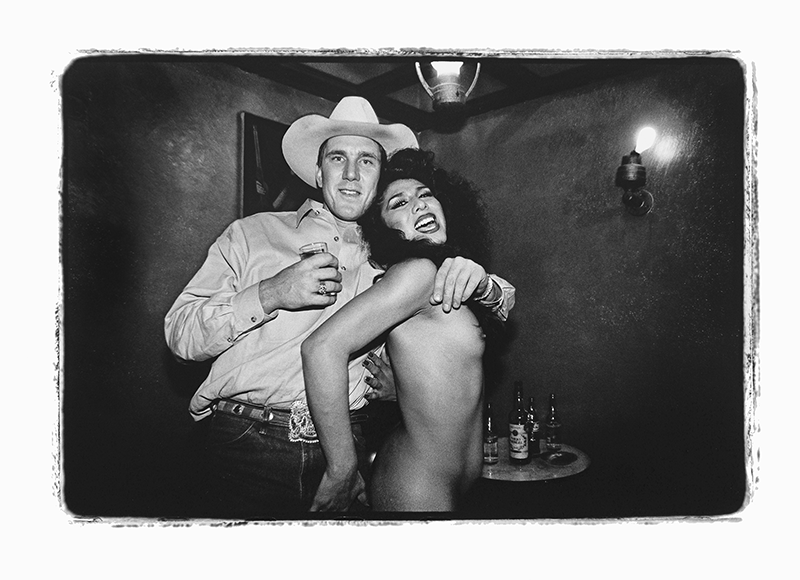
Do you want to contribute to society with your activities?
Perhaps not to society as a whole. To bring joy to a person with a picture is something wonderful.
Is the recognition of other people or the public important to you?
I think for people with creative jobs, the recognition is often more important than the pay.
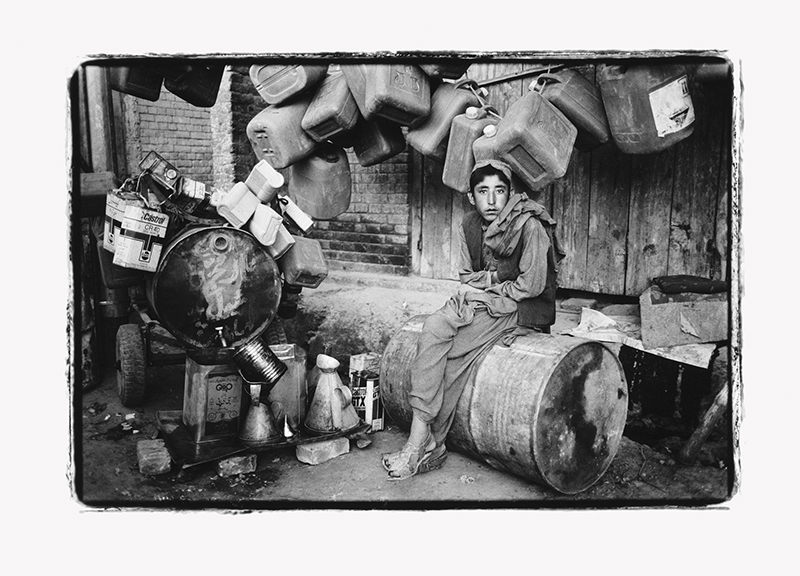
How well can you live from what you do professionally?
My job has got me through life pretty well so far.
Is there something that is particularly occupying you at the moment?
Like probably almost everyone in this world, Corona.
Is there something you would like to (increasingly) spend time on in the future?
I would love to go on an adventure again and take the time to do free, non-commercial work.
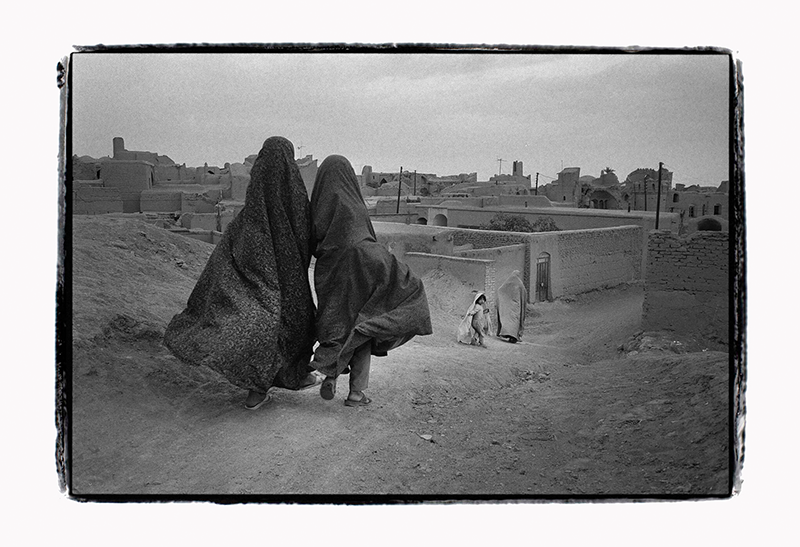
What are you most grateful for in life?
Being born and raised in a country that has allowed me to freely decide what I want to do with my life.
Interview
Laura Hilti, January 2021
Links
www.korner.li
Credits
Portrait photo: Eddy Risch
All other photos: Roland Korner
This interview is part of the project ‘Magic Moments’ by Kunstverein Schichtwechsel, in which people are interviewed about their careers, activities and their magical as well as difficult moments.
Curated by Stefani Andersen and Laura Hilti, Kunstverein Schichtwechsel.
Supported by Kulturstiftung Liechtenstein and Stiftung Fürstl. Kommerzienrat Guido Feger.
>>> All interviews
